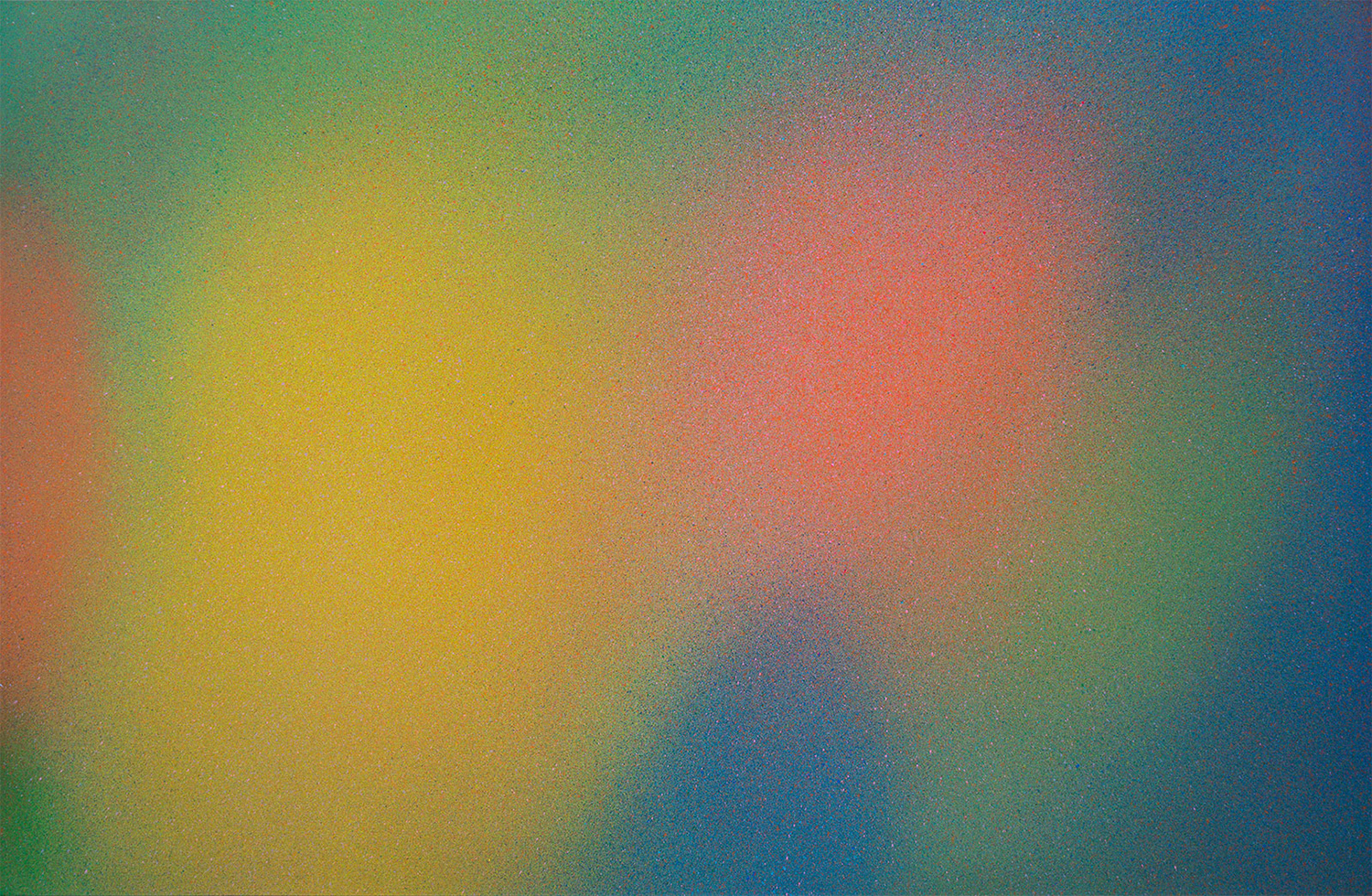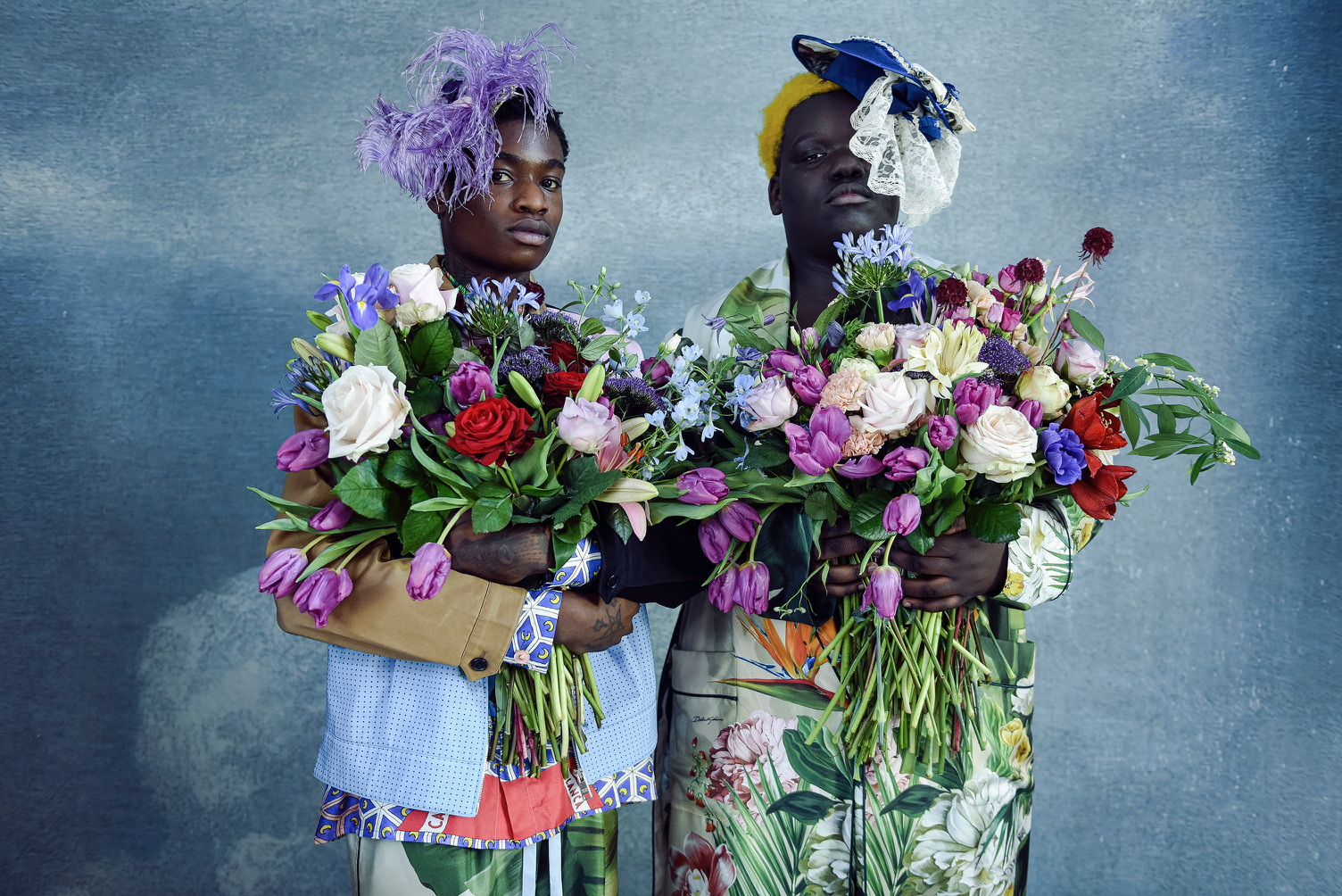EDGARDO GIMÉNEZ, THE ARTIST OF HAPPINESS
Images courtesy of Edgardo Giménez
Special thanks to Braian Berón
“Nothing is serious except passion. The intellect is not a serious thing, and never has been. It is an instrument on which one plays, that is all.”
— Oscar Wilde
From his studio 100 miles south of Buenos Aires, Argentinian artist Edgardo Giménez recalls his vast trajectory in different disciplines. In a rough timeline covering the mid 50’s through today, he began with graphic design, carried on with scenography, painting, sculpture, industrial design and architecture. His is an impressive body of work which challenges any attempt of intellectual cataloging. Edgardo is one of those artists who is led by the need of creation without any other pretense. His work rejects any preconceived labels from the spectator, thus forcing a direct—and happy—relation with his art.
While his childhood was marked by great Hollywood productions and Disney’s imaginary followed by his brief experience in advertisement—later, under the impulse of his friend and artistic mentor, Jorge Romero Brest, who at the time was the director of the vanguardist Di Tella Institute, Giménez along with other artists such as Marta Minujín, became fundamental in the Argentinian Pop movement. Romero Brest also commissioned La Casa Azul, his own residence and the first of a series of houses that, in 1979 made Giménez part of an important exhibition at MoMA.
Any conversation with Edgardo will most likely lead to mentions of Memphis, Prince’s Raspberry Beret video, Michael Graves, Robert Venturi or Verner Panton. He is clearly aware of these references which he enjoys and celebrates, he is also aware of the constant comparisons, although they appeared in different times and places.
Enrique Giner de los Ríos: You usually live between Buenos Aires and your studio in Punta Indio, how has the pandemia affected you?
Edgardo Giménez: It has affected me a lot. Most of this last year I have been in the studio, which I love because of its gardens and the long strolls I can have which help me create. I rarely go to Buenos Aires, only for very specific reasons. What I dislike about today’s life is that I don’t feel free to move as I please. But I can’t complain, right now I’m quite busy with some projects.
EGR: What are you working on at the moment?
EG: I’m working on a house project in Punta del Este, Uruguay. I’m doing everything through zoom from the studio. I chat with my clients and I supervise the construction itself from the computer. I knew that the challenge of the house under these conditions was huge, but I couldn’t resist it because it has been a long time since my last house, and my work makes my clients very happy. I’m grateful that I have a lot of work ahead of me.
EGR: You began working at a young age.
EG: When I was 14, I started work in an advertisement agency. The best part of working there was when I became part of the drawing team. At the end of the day I loved going to Calle Florida to see the art galleries. After that I designed posters and publications first for the Teatro San Martín and then for the Teatro Colón. In the 60’s my first clients were Antonio Seguí and his then wife, Graciela Martínez, pioneer of contemporary dance in Argentina. All their projects relied on my design and how I communicated them. And so I became the graphic designer of intellectuals.
Then came scenography for films, as an almost direct consequence of my theatrical experience. Working with actors made me acquire a firm notion of space, which was a stepping stone to get to architecture. One thing followed the other in this marvelous succession of events, they were no clear cut periods in my work.
EGR: All these steps and processes seem the perfect recipe to arrive at Pop Art.
EG: My relation with Pop was somewhat accidental. My imaginary is clearly influenced by the films of my youth. The Ten Commandments, Johnny Weissmüller’s Tarzan (Cheetah the Monkey is a recurrent image in my work), Cleopatra. Hair, the rock opera, was vital in my life. I was levitating when I left the cinema, a sensation I had only experienced with Snow White when I was 6 years old.
Pop was a label created by the critics. I never worried about being labeled, I only worried about what I wanted to do.
EGR: So cinema was one of your big influences?
EG: Doubtless. Cinema was a fundamental part of my childhood. Later, Federico Fellini became my favorite director and I was greatly moved by his 8½. Over the sixties I often saw Antonioni and Bergman, but only because they were fashionable. I followed the crowd although I didn’t like their films. When the Di Tella Institute opened, I saw many experimental films. I clearly recall Scorpio Rising, Kenneth Anger’s film on the subculture of bikers. I also saw Andy Warhol’s Sleep, which I only saw pieces of as nothing happened. Every time I returned to the projection room the guy was still sleeping. Warhol used to say you could do whatever you wanted to during the entire screening because the protagonist would never wake up.
The first time I saw works by Warhol and Roy Lichtenstein was during my first trip to New York in 1967. I was in awe.
EGR: Di Tella was more than an exhibition center for you.
EG: Di Tella Institute meant a lot to anyone who became close to it. It was a commotion in our cultural scene, unlike anything we had known. Everything was new and you either loved it or rejected it. Suddenly all cultural production seemed old. Director Jorge Romero Brest was one of my best friends and masters. He believed in me in such a way that he made me lose most of my insecurities. His exhibitions shaped the cultural scene of the country. His basic selection criteria sought a genuine contribution by the artists. Not a delayed copy of European tendencies.
Romero Brest also pushed me into architecture. First I re-styled the apartment he shared with his wife Martita Bontempi, which followed the construction of La Casa Azul in 1971, in City Bell, in the outskirts of Buenos Aires. They lived there for over 10 years. That was featured by Pierre Restany in Domus. I received a lot of compliments from several architects. I never studied architecture—Le Corbusier and Mies van der Rohe either!—yet Amancio Williams, the best known Argentinian architect, said that I was a natural born architect, one of the best things ever said about me.
EGR: After La Casa Azul you designed 5 more houses. And now, many years later you’re designing your seventh.
EG: Yes, after La Casa Azul I designed La Casa Amarilla, La Casa Colorada, La casa de las Columnas Doradas… Argentinian architects stopped liking me after I was invited to the exhibition Transformations in Modern Architecture in New York’s MoMA in 1979.
EGR: How did you begin to do industrial design?
EG: After the military dictatorship of 1969 first harassed Di Tella Institute’s community and eventually shut it down. Romero Brest and Martita Bontempi created Fuera de Caja (Out of the Box)
EGR: Fuera de Caja SRL, “Center for consumption Art”!
EG: Yes, the idea behind Fuera de Caja was to produce objects designed by artists and crafted by large enterprises. I worked hand in hand with important producers of porcelain, crystal and other materials. The producers were enthusiastic about my designs and that rapidly eased the processes.
EGR: Some time back, while I was planning to interview you, an Argentinian friend said to me: Great! Edgardo Giménez, the artist of happiness. Is that a recurrent nickname?
EG: No, but I love it, I’m going to start using it. My art is an antidepressant. I bet for happiness, it is almost always absent in everyday life. We need to have fun, to enjoy. One does not live forever.
People must always move towards what they want in life. I never wake up ill tempered, I always wake up happy. A friend of mine puts it much better: There are days when I wake up happy, but they are other days when I wake up very, very happy.










